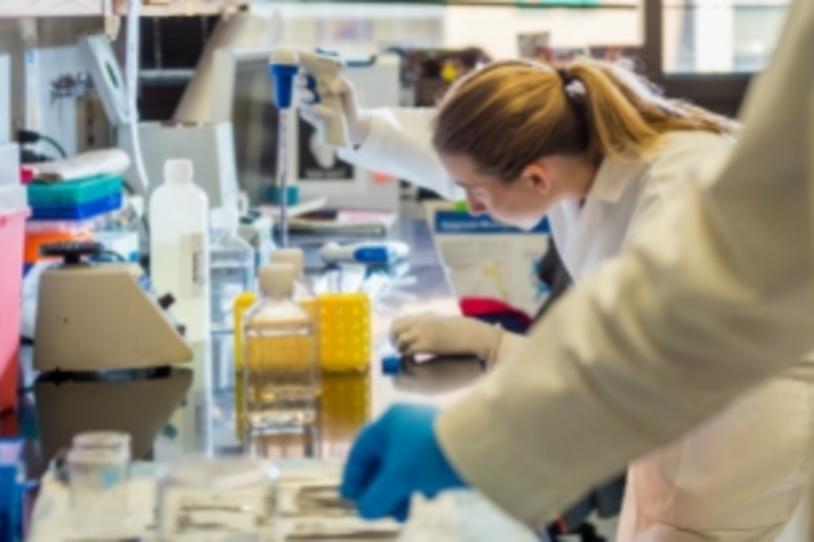
More data is showing changes in sebum may help identify people with Parkinson's disease. This work, supported by The Michael J. Fox Foundation and Parkinson's UK, was published this week in Nature Communications. The team from The University of Manchester is working to leverage their findings toward a test for Parkinson's. Read more on the science behind this approach below.
These researchers also found subtle changes in sebum as Parkinson's progresses. More studies into this link to progression could help determine the use of sebum samples to track disease.
Our Foundation is supporting continued work toward a sebum Parkinson's test. Read about a recent grant toward a "nose on a chip."
Originally posted March 2019
Researchers at the University of Manchester in England are reporting on a biological signature that makes up a distinct Parkinson's smell. These Michael J. Fox Foundation grantees found that people with Parkinson's disease have altered levels of certain compounds in sebum -- oily secretions that moisturize and protect skin.
This study involved the inspiration for the project: a "super smeller" woman who can identify people with Parkinson's by scent alone. Joy Milne's husband was diagnosed with Parkinson's disease at age 45. Years later she told doctors that she had noticed a change in her husband's smell. That revelation led to a research study where she identified people with Parkinson's by smelling shirts they had worn.
Lead investigator Perdita Barran, BSc, Hons PhD, sought to investigate the biological components behind the Parkinson's smell.
"If we can define what is behind this Parkinson's scent, perhaps we can develop objective tests to diagnose the disease earlier," said Barran. "Measuring Parkinson's disease with such an easy-to-obtain sample, a swab of skin secretions, would also allow for more widespread screening."
In a paper published today in the journal ACS Central Science, Barran and her co-authors reported differences in certain compounds in sebum of people with Parkinson's disease. Milne confirmed that the scent associated with these altered levels was similar to the scent of Parkinson's she can detect.
The next step in this research is to conduct a larger study gathering data on the Parkinson's scent both from human smellers and from dogs. The canines -- trained by the Medical Detection Dogs group in the United Kingdom -- could sniff out the disease in people before symptoms arise, allowing for earlier intervention.
Barran and partners also are looking at people with Parkinson's risk factors to determine if these changes are measurable before the onset of disease symptoms.
The Michael J. Fox Foundation (MJFF) also is funding a similar project from Charlotte D'Hulst, PhD, to investigate the molecular profile of Parkinson's sebum and develop a "nose on a chip," an automated test for those disease-related compounds.
"These projects are only a few in our portfolio of non-invasive tests that may allow us to diagnose people earlier in the disease," said MJFF Director of Research Programs Jamie Eberling, PhD. "If we can detect the disease earlier, we can intervene with therapies that hopefully will stop the disease process before symptoms arise or worsen."
